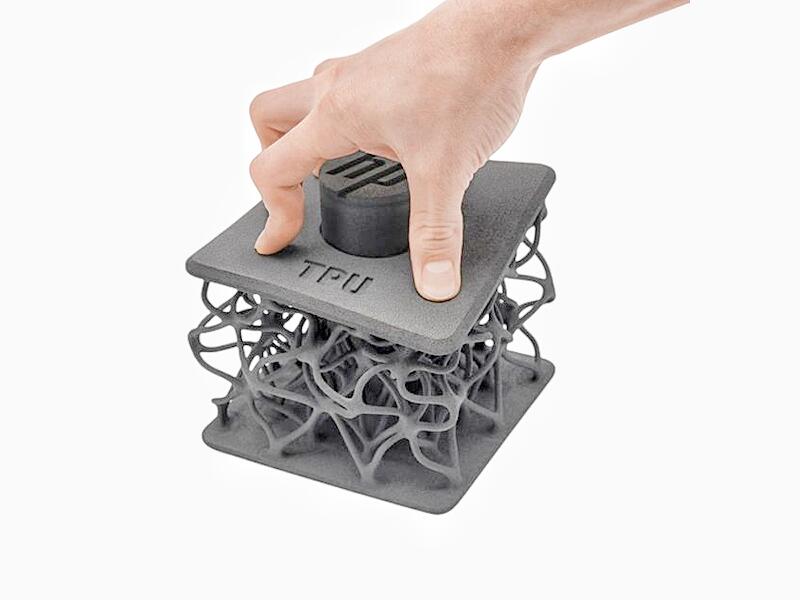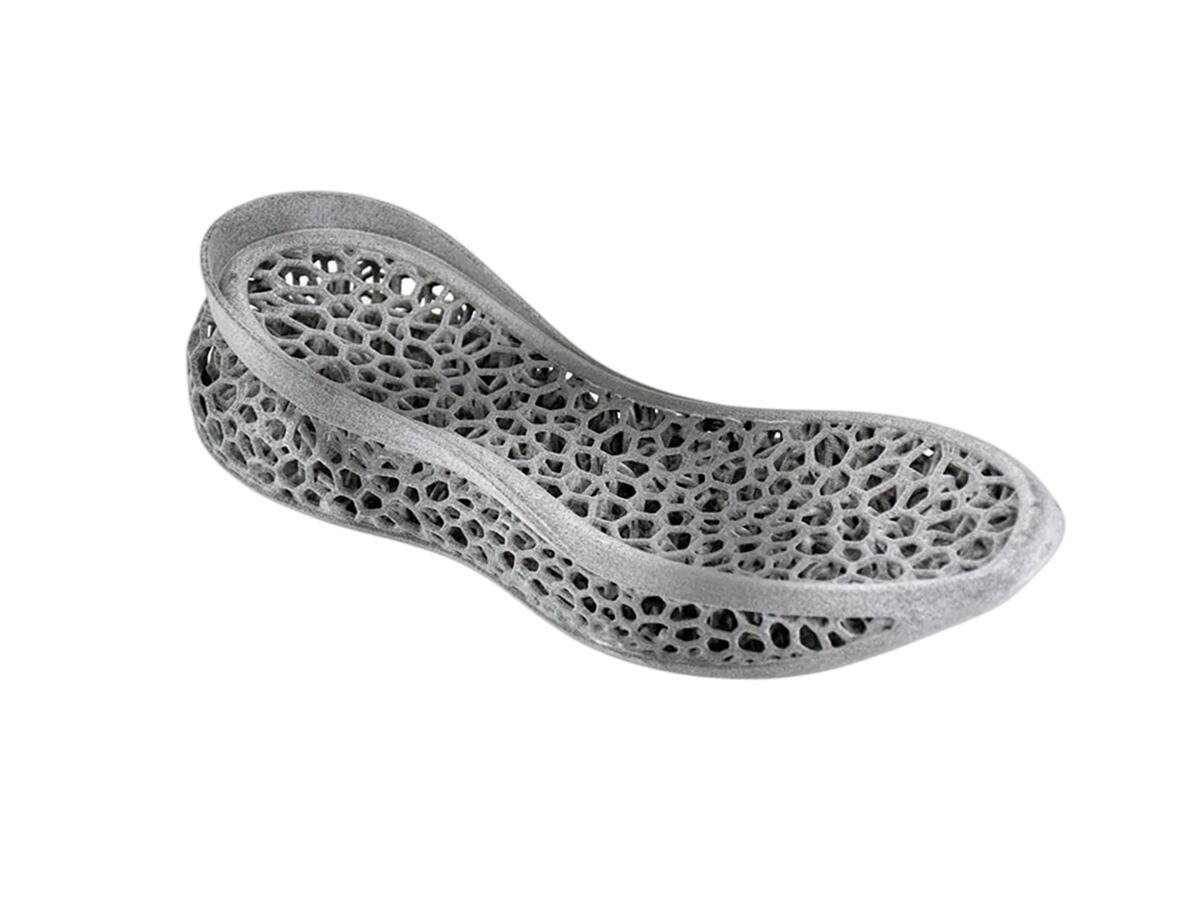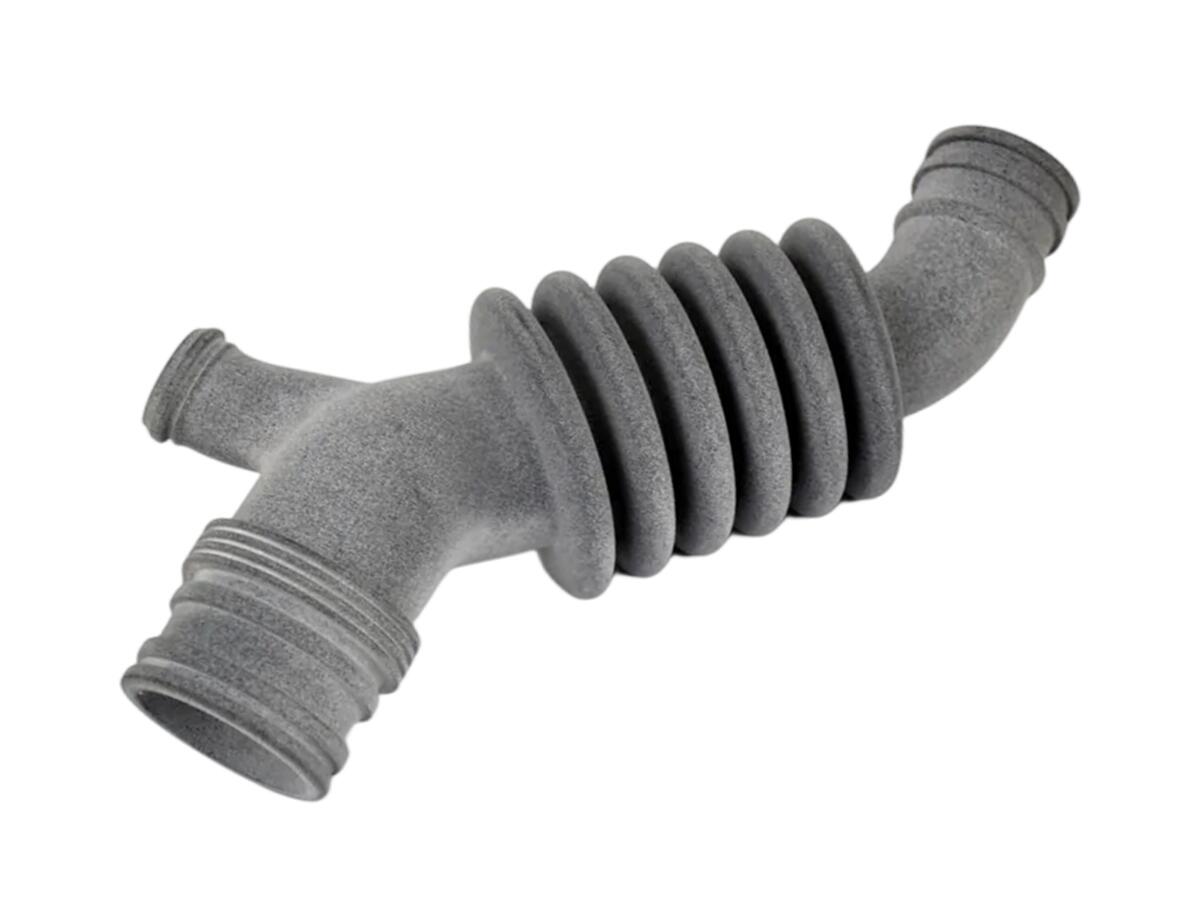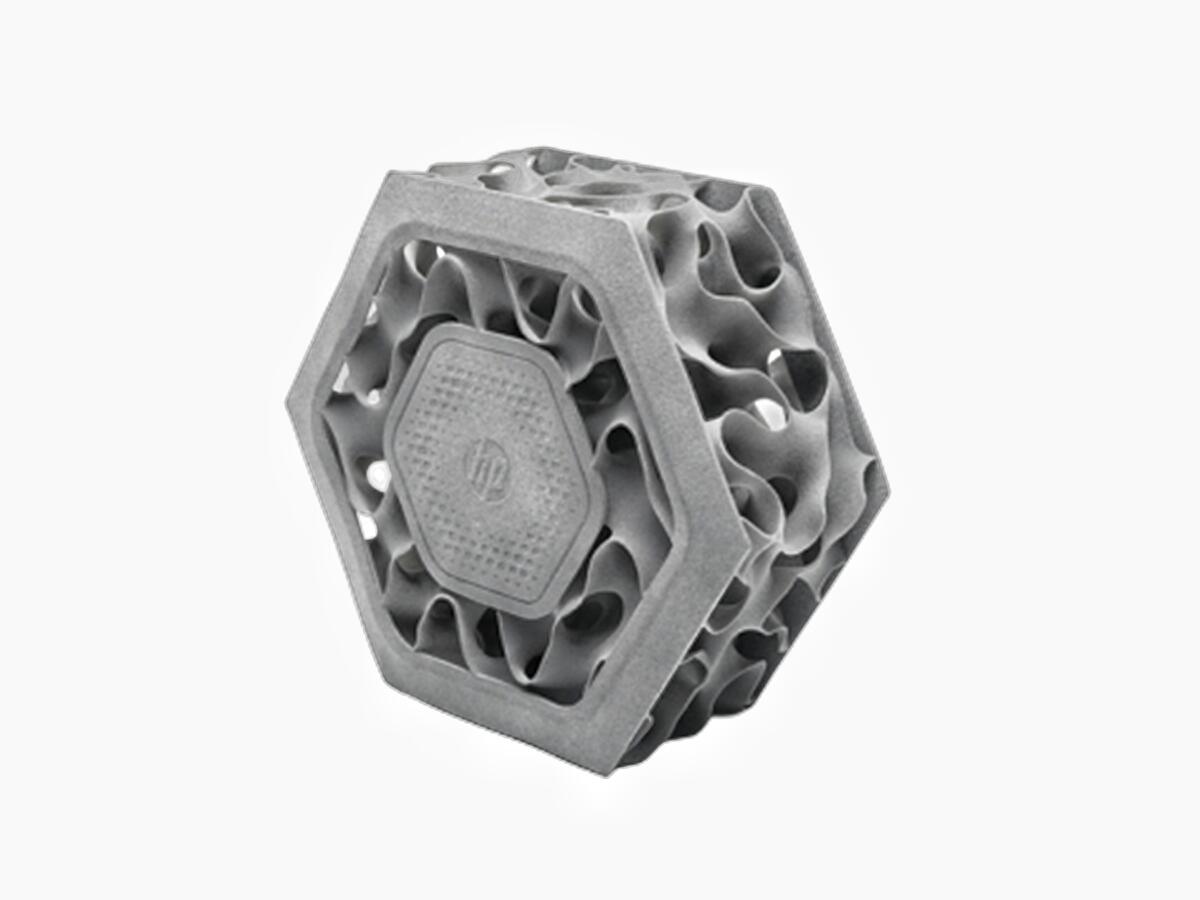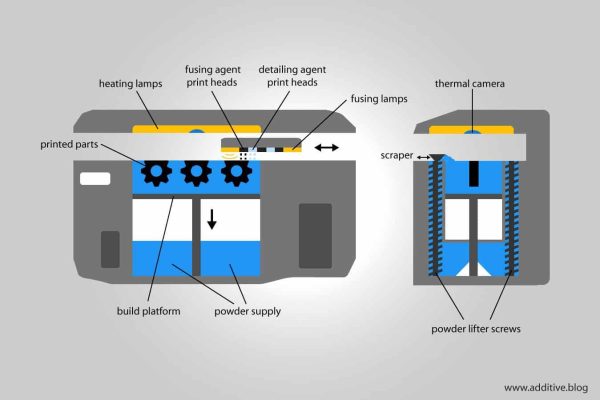MJF TPU RubberBASF Ultrasint TPU01 Ultrasint┬« TPU01 offers a balanced property profile with good flexibility, shock absorption and the possibility to print very fine structures with a high level of detail. In addition, the material is easy to print and has good UV and hydrolysis resistance. Max Build Size Min Build Size 5 x 5 x 5 mm Default Layer Height 0.08 mm Optional Layer Heights 0.08 mm Tolerance ┬▒0.2% (with a lower limit of ┬▒0.2 mm) Up to 110 Ōäā Smooth ŌśģŌśģŌśģ Detail ŌśģŌśģŌśģ Accuracy ŌśģŌśģŌśģ Rigidity ŌśģŌśģ Flexibility ŌśģŌśģŌśģŌśģŌśģ Available ColorsBlack
, Grey
Available Post ProcessDyeing
Suitable For Functional prototypes and end products, Not Suitable For Complex designs with intricate details, Additional InfoUltrasint® TPU01 is a multi-purpose material for application in Multi Jet Fusion. Parts produced with this material offer a balanced property profile with good flexibility, shock absorption and the possibility to print very fine structures with a high level of detail. In addition, the material is easy to print, and has good UV and hydrolysis resistance. Ultrasint® TPU01 is only processable in HP Multi Jet Fusion printers. Typical applications are:
Feature
3D PrinterMaterial Spec Sheet
In this process a fusing agent is applied on a material layer where the particles are destined to fuse together. Then a detailing agent is applied to modify fusing and create fine detail and smooth surfaces. To finish, the area is exposed to energy that will lead reactions between the agents and the material to create the part. When the printing process is complete, the build box is removed from the printer. An operator carefully extracts the parts from the build box and removes the remaining powder thanks to brushes and air blowers.
|

